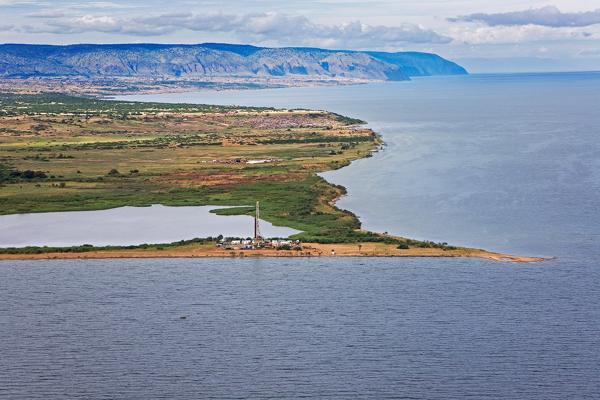
The Petroleum Authority of Uganda (PAU) joins the rest of the country to mark the Uganda Water and Environment Week (UWEWK) 2022. Under the theme “Water and environment for peace and socio-economic transformation of Uganda”, the event provides an interface between sectoral stakeholders for knowledge exchanges, dialogue and learning for improvement of Uganda’s water and environment resources.
Following the recent announcement of the Final Investment Decision (FID) by the Joint Venture Partners (JVPs) TotalEnergies E&P, CNOOC Uganda Ltd and the Uganda National Oil Company (UNOC), the oil and gas industry in Uganda has witnessed a ramp up in activities. These include construction works in the Tilenga and the Kingfisher projects which all require water to support these works.
Water will be required for the upstream and midstream development, during both the construction and production phases. Upstream activities include drilling of wells, construction of facilities and production and processing of crude oil, while midstream activities include the refining and export of crude oil.
Water is a significant economic resource and therefore its use and protection are of fundamental importance to human life and economic activity within the vicinity of the oil and gas project area.
The oil and gas flagship projects including Tilenga, Kingfisher, EACOP (East African Crude Oil Pipeline) and Refinery shall require water for development and production operations. The estimated peak water requirement for upstream projects and EACOP is 42,000m3 per day. The refinery’s requirement is estimated at 30,000m3 per day, leading to a total of approximately 72,000m3/day (aggregated peak usage). This is less than 0.067% of the average outflow of Albert Nile which is estimated at 107 million m3 per day.
It is important that water needs for these projects are met sustainably, therefore, efforts have been undertaken to prevent and minimize direct and indirect impacts of oil and gas activities on ground and surface water resources within the project areas.
This has been ensured through comprehensive hydrogeological and surface water studies, Environment and Social Impact Assessments (ESIA) where comprehensive water quantity and quality baseline data for ground and surface water resources has been collected. In addition, evaluation of water requirements for each flagship project, emphasizing optimized use and reuse, and assessment of potential impacts to water resources, and proposing appropriate mitigation measures including prevention of contamination and pollution of water resources has been undertaken.
Hydro-geological surveys were undertaken to assess the ground water potential, sensitivities, and connectivity in the Tilenga project area. This informed the decision to meet part of the water requirements during construction works using ground water, especially for infrastructure that is far from Lake Albert. The use of ground water in the construction phase is temporary as plans are underway to construct permanent water abstraction stations on Lake Albert and related water distribution network to project facilities, however, the amount of water required from the Lake will decrease during oil production as the produced water is treated and re-injected.
All water abstraction activities have been subjected to the required permitting/authorisation from the relevant regulatory agencies in compliance with relevant legal and regulatory framework.
Water usage is primarily regulated by Ministry of Water and Environment through the Directorate of Water Resource Management (DWRM). DWRM issues water permits upon satisfactory evaluation of water potential, identification of potential impacts, and development of appropriate mitigation measures through an ESIA among other requirements.
The PAU continues to work together with the DWRM to ensure that the necessary studies and monitoring for water resources are undertaken, and permits are obtained by the Licensees. In addition, the PAU ensures that permit requirements are complied with by the Licensees including implementation of integrated catchment management and water source protection interventions.
